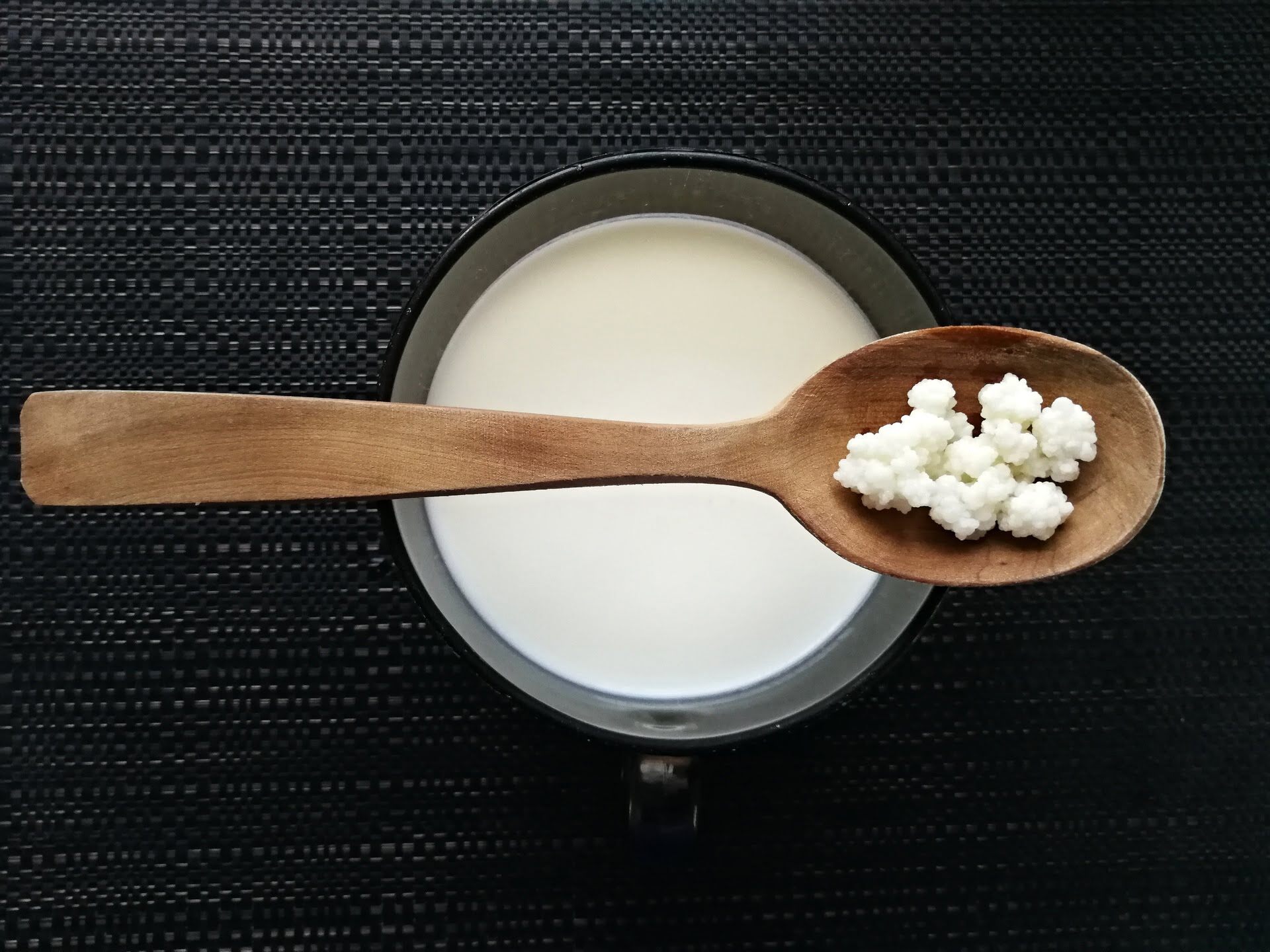

Articles
How To Store Kefir
Modified: August 20, 2024
Learn effective methods for storing kefir and preserving its beneficial properties in this informative collection of articles.
(Many of the links in this article redirect to a specific reviewed product. Your purchase of these products through affiliate links helps to generate commission for Storables.com, at no extra cost. Learn more)
Overview
Kefir, a fermented milk beverage that is known for its probiotic properties and tangy flavor, has gained popularity among health-conscious individuals. However, to fully enjoy the benefits and taste of kefir, proper storage techniques are essential. This article will guide you on how to store kefir to maintain its quality and extend its shelf life.
Proper storage of kefir is crucial to maintain its freshness and to ensure that it retains its beneficial bacteria. Whether you are storing homemade kefir or store-bought varieties, following the right methods will help preserve its taste and nutritional value.
One of the key factors to consider when storing kefir is the choice of container. Choosing the right container will prevent contamination and maintain the quality of your kefir. Additionally, refrigeration plays a vital role in keeping kefir fresh. Cold temperatures help slow down the fermentation process and maintain the consistency of the beverage.
In some instances, you may want to freeze kefir to extend its shelf life. Freezing can be a convenient option to preserve excess kefir that you may not consume immediately. However, the freezing process may affect the texture and taste of kefir, so it’s essential to follow the proper freezing guidelines to minimize any changes.
If you are storing kefir grains, a separate set of guidelines applies. Kefir grains are the live cultures used to ferment milk and produce kefir. They require proper care and maintenance to ensure their longevity.
Aside from these specific storage methods, there are general tips you can follow to keep kefir fresh for longer. These include properly cleaning your containers, avoiding exposure to direct sunlight, and being cautious when storing flavored varieties of kefir.
In this article, we will delve deeper into each of these aspects to provide you with comprehensive insights on how to store kefir effectively. By following these guidelines, you can enjoy the flavorful and healthy benefits of kefir for an extended period.
Key Takeaways:
- Proper storage of kefir is crucial to maintain its taste, texture, and probiotic properties. Choosing the right container, refrigerating, and freezing are key techniques for preserving the freshness and quality of kefir.
- Storing kefir grains separately, using fresh ingredients, and following best practices can extend the shelf life of kefir. Proper hygiene, refrigeration, and vigilant observation help maintain the flavor and safety of flavored kefir varieties.
Read more: How To Store Kefir Grains
Importance of Proper Kefir Storage
Proper storage of kefir is essential to maintain its taste, texture, and overall quality. Not only does it contribute to the enjoyment of the beverage, but it also ensures that the beneficial bacteria and probiotics in kefir remain viable.
One of the main reasons why kefir is such a sought-after beverage is because of its probiotic properties. Probiotics are live microorganisms that provide numerous health benefits, particularly for our gut health. These beneficial bacteria help maintain a healthy balance of microflora in our digestive system, supporting digestion, immune function, and overall well-being.
However, if kefir is not stored properly, the probiotics in the beverage can be compromised. Factors such as exposure to oxygen, heat, and bacteria can diminish the potency of the live cultures in kefir. As a result, consuming kefir that has not been stored correctly may not provide the same probiotic benefits.
In addition to preserving the probiotics, proper kefir storage also helps maintain the taste and texture of the beverage. Over time, kefir can undergo further fermentation, leading to a more potent and sour flavor. While some individuals may enjoy this taste, others prefer a milder and less tangy flavor. By refrigerating kefir at the right temperature, you can slow down the fermentation process and retain the desired taste and consistency.
Furthermore, kefir can be a versatile ingredient in various recipes, such as smoothies, dressings, and baked goods. Proper storage ensures that you have a fresh supply of kefir whenever you need it, allowing you to incorporate it into your favorite dishes. This way, you can fully enjoy the nutritional benefits and unique flavor that kefir brings to your culinary creations.
Overall, proper storage of kefir is crucial not only for maintaining its probiotic properties but also for preserving its taste and versatility. By following the correct storage techniques, you can ensure that your kefir remains fresh, delicious, and packed with the beneficial microorganisms that make it such a valuable addition to a healthy diet.
Choosing the Right Container for Kefir
When it comes to storing kefir, selecting the right container is key. The right container will help preserve the quality and prevent contamination, ensuring that your kefir remains fresh and enjoyable. Here are some factors to consider when choosing a container:
Type of Material: It is best to store kefir in glass containers rather than plastic ones. Glass is non-reactive, meaning it won’t leach any harmful chemicals into your kefir. Additionally, glass is easier to clean and sanitize, reducing the risk of bacterial growth. Avoid using containers made of materials like plastic or metal, as they can affect the taste and quality of the kefir.
Airtight Seal: Look for containers with airtight seals to prevent the entry of oxygen. Oxygen exposure can lead to oxidation and the growth of unwanted bacteria. A tight seal ensures that your kefir stays fresh and maintains its flavor for a longer period.
Size and Shape: Consider the size and shape of the container depending on your storage needs. It’s ideal to choose a container that is large enough to hold the desired quantity of kefir with some headspace. The headspace allows room for expansion during the fermentation process. Moreover, a wide-mouthed container makes it easier to pour and clean the kefir.
Dark or Opaque: Although it might not always be possible, storing kefir in a dark or opaque container can be beneficial. Light can degrade certain components of kefir over time, affecting its flavor, color, and nutritional value. If a dark or opaque container is not available, store your kefir in a cool, dark place away from direct sunlight.
Ease of Cleaning: Ensure that the chosen container is easy to clean and sanitize. Kefir can leave a film or residue on the container walls, so selecting a container with smooth surfaces will make cleaning easier and prevent any cross-contamination.
Taking these factors into account when selecting the container for your kefir will help maintain the quality and freshness of the beverage. By providing an environment that protects the kefir from external influences, you are ensuring that it retains its taste, nutrients, and beneficial properties. Remember to always wash and sanitize your kefir container thoroughly before each use to prevent any potential contamination.
Refrigerating Kefir
Refrigeration is the most common method for storing kefir and plays a crucial role in maintaining its freshness and quality. The cold temperature of the refrigerator helps slow down the fermentation process, preserving the taste and consistency of the kefir. Here are some guidelines for refrigerating kefir:
Temperature: The ideal temperature for storing kefir in the refrigerator is between 32°F (0°C) and 40°F (4°C). This temperature range keeps the kefir cool enough to slow down the fermentation process without freezing the beverage.
Sealing the Container: Ensure that the container holding the kefir is tightly sealed to prevent the entry of air and the growth of unwanted bacteria. An airtight seal will help maintain the freshness and quality of the kefir for a longer period.
Position in the Fridge: Place the kefir container towards the back of the refrigerator where the temperature is the most consistent. Avoid storing kefir in the door as it is exposed to temperature fluctuations caused by frequent opening and closing.
Separating Grains: If you are storing kefir with grains, it is essential to separate them before refrigeration. Strain out the kefir grains and transfer them to fresh milk or a separate container for further fermentation. Storing kefir and grains together can lead to over-fermentation and an undesirable texture.
Best Before Date: If you have store-bought kefir, follow the best before date mentioned on the label. However, note that this date indicates the quality and taste more than the safety of the product. Homemade kefir typically stays fresh in the refrigerator for up to 1 to 2 weeks, but its taste may change over time.
By refrigerating your kefir properly, you can enjoy a fresh and flavorful beverage for an extended period. Remember to consume the kefir within its recommended shelf life and always trust your senses to determine if the kefir is still safe to consume. If the kefir shows signs of spoilage such as off smells or unusual texture, it’s best to discard it.
Properly refrigerated kefir provides a versatile and nutritious addition to your daily routine. Whether enjoyed as a refreshing drink on its own or used in various recipes, chilled kefir can help you reap the many health benefits of this probiotic-rich beverage.
Freezing Kefir
If you have excess kefir or would like to extend its shelf life, freezing can be a convenient storage option. Freezing kefir can help preserve it for a longer period while retaining its nutritional value. However, it’s important to note that freezing may affect the texture and taste of kefir, so it’s essential to follow the proper freezing guidelines. Here’s how to freeze kefir:
Choose the Right Container: Select a container that is suitable for freezing, such as a freezer-safe glass jar or plastic container. Ensure that the container has an airtight seal to prevent freezer burn and protect the kefir during storage.
Leave Head Space: Leave some space at the top of the container to allow for expansion as kefir freezes and prevent the container from bursting.
Portion Control: Consider freezing kefir in smaller portions, especially if you don’t plan on thawing and consuming the entire batch at once. This way, you can defrost only what you need, reducing waste and maintaining the quality of the remaining kefir.
Label and Date: Before placing the kefir in the freezer, label the container with the date of freezing. This will help you keep track of the storage time and ensure that you use the oldest kefir first.
Thawing and Consumption: When you’re ready to consume the frozen kefir, transfer the container to the refrigerator and let it thaw slowly overnight. Avoid thawing kefir at room temperature to prevent the growth of harmful bacteria. Once thawed, give the kefir a gentle stir to reincorporate any separated liquids, as freezing may cause some separation.
Texture and Taste Considerations: It’s important to note that freezing kefir may result in a texture change. The kefir may become slightly grainy or separate upon thawing. While this doesn’t affect the safety or nutritional value of the kefir, it may alter the overall mouthfeel. However, a quick blend or stir can help restore the smooth consistency.
While freezing kefir can be a convenient method to store it for longer periods, it’s best to consume kefir within six months for optimal taste and quality. After this time, the texture and flavor may continue to deteriorate. To make the most of your frozen kefir, consider using it in smoothies, frozen desserts, or as a base for homemade popsicles.
By following these freezing guidelines, you can extend the shelf life of your kefir and ensure that you always have a supply of this nutritious beverage on hand.
Store kefir in the refrigerator to slow down the fermentation process. This will help maintain its flavor and consistency for a longer period of time.
Read more: How To Store Milk Kefir Grains
Storing Kefir Grains
Kefir grains, the live cultures used to ferment milk and produce kefir, require special care and maintenance to ensure their longevity. Whether you need to take a break from making kefir or have excess grains that you want to store, proper storage techniques are essential. Here are some guidelines for storing kefir grains:
Separate the Grains: If you have finished making kefir and want to store the grains, it’s crucial to separate them from the kefir. Strain the grains from the finished kefir, ensuring that no residual kefir remains on the grains. This step prevents over-fermentation and maintains the health of the grains.
Place in Fresh Milk: Transfer the kefir grains to a clean container and cover them with fresh milk. The milk acts as a nourishing medium for the grains while they are in storage. Use enough milk to fully submerge the grains, ensuring they have room to breathe and expand.
Choose the Right Container: Opt for a glass container with a lid, rather than using plastic or metal. Glass is non-reactive and easier to clean, reducing the risk of contamination or off-flavors. Ensure that the container has an airtight seal to maintain freshness and prevent the entry of unwanted bacteria.
Refrigerate: Place the container with the grains and fresh milk in the refrigerator. The cold temperature slows down the fermentation process and keeps the grains dormant. This refrigeration method allows you to store the kefir grains for an extended period, up to a few weeks or months.
Regular Maintenance: While the kefir grains are in storage, it’s important to check on them periodically. Every week or two, remove the grains from the refrigerator, discard the milk, and rinse the grains with fresh milk or filtered water. This step helps remove any accumulated byproducts and ensures that the grains stay healthy and active.
Reviving Dormant Grains: If you have stored the kefir grains for an extended period, they may appear dormant or weakened. To reactivate them for future kefir production, place the grains in fresh milk and culture it at room temperature for a few cycles. This process helps rejuvenate the grains, making them ferment the milk and produce kefir again.
By following these storage methods, you can preserve the health and viability of your kefir grains. Proper storage allows you to enjoy a break from making kefir without worrying about the well-being of your live cultures. Additionally, it provides a way to share kefir grains with others or keep backup cultures for future use.
Remember that kefir grains are living organisms, and their care plays a vital role in producing high-quality kefir. With proper storage and maintenance, you can ensure the long-term health and vitality of your kefir grains, thus providing an endless supply of homemade kefir.
Extending the Shelf Life of Kefir
Kefir is a perishable food product, and its shelf life can vary depending on factors such as storage conditions, freshness of ingredients, and the presence of live cultures. However, there are several methods you can employ to extend the shelf life of kefir and ensure that it remains fresh and enjoyable for a longer duration:
Proper Refrigeration: Refrigeration is essential to preserving the freshness of kefir. Store kefir in the refrigerator at a temperature between 32°F (0°C) and 40°F (4°C) to slow down the fermentation process. This helps maintain the taste, texture, and nutritional integrity of the kefir. Keep the container tightly sealed and positioned towards the back of the refrigerator for stable temperatures.
Storing in Small Portions: Consider dividing your kefir into smaller portions before refrigeration. Transferring kefir into smaller containers reduces the exposure to air and helps preserve the quality of the remaining kefir. This way, you can thaw and consume only what you need, minimizing waste and extending the shelf life of the rest of the batch.
Freezing: If you have excess kefir or want to store it for an extended period, freezing is an option. Follow the proper freezing guidelines mentioned earlier in this article to freeze kefir in a freezer-safe container. Frozen kefir can remain safe to consume for up to six months, although its texture may change upon thawing. Freezing allows you to extend the shelf life of kefir while retaining its nutritional benefits.
Using Fresh Ingredients: The quality of the ingredients used to make kefir can also impact its shelf life. Ensure you use fresh milk or water and high-quality kefir grains or starter culture. Using ingredients that are close to their expiration date or of lower quality may lead to a shorter shelf life for the resulting kefir.
Sanitizing Containers and Utensils: Proper hygiene practices are crucial in extending the shelf life of kefir. Before making kefir, ensure that all the containers, utensils, and equipment you use are clean and sanitized. Any residual bacteria or contaminants can affect the quality and shelf life of kefir. Regularly clean your containers and utensils with hot, soapy water or run them through the dishwasher to maintain hygiene standards.
Observing Signs of Spoilage: Regularly check your kefir for signs of spoilage, such as off odors, unusual texture, or mold growth. If you notice any of these signs, discard the kefir immediately. It’s important to rely on your senses and judgment to determine the freshness and safety of kefir, even if it’s within the recommended shelf life.
Following Best Practices: Lastly, following best practices for kefir production, such as using clean and sanitized utensils, handling kefir grains properly, and maintaining proper fermentation times, can contribute to a longer shelf life for the kefir. These practices help reduce the risk of contamination and ensure the production of a high-quality product.
By implementing these methods and practices, you can extend the shelf life of kefir and enjoy its benefits for a longer time. However, it’s important to note that kefir is a live cultured product, and its flavor and texture may still change over time. Trust your senses and use your judgment when consuming kefir that has been stored for an extended period.
Storing Flavored Kefir Varieties
Flavored kefir varieties, such as those infused with fruits, spices, or sweeteners, require special considerations when it comes to storage. The additional ingredients in flavored kefir can affect its stability and shelf life. Here are some guidelines to follow when storing flavored kefir:
Refrigeration: Just like plain kefir, flavored kefir should be stored in the refrigerator to maintain its freshness. Ensure that the container is sealed tightly to prevent any cross-contamination and maintain the flavor of the kefir. Refrigeration helps to slow down the fermentation process and preserve the taste and texture of the flavored kefir.
Avoid Temperature Fluctuations: Fluctuations in temperature can affect the stability and quality of flavored kefir. Avoid placing the kefir container near the door of the refrigerator, where it is exposed to temperature changes caused by frequent opening and closing. Instead, store it towards the back of the refrigerator, where the temperature remains more consistent.
Check Expiration Dates: When purchasing flavored kefir from the store, pay attention to the expiration dates and consume the kefir before it expires. Flavored kefir may have a shorter shelf life compared to plain kefir due to the addition of fruit or other perishable ingredients. Always follow the instructions and recommendations provided by the manufacturer.
Separate Storage: If you are storing homemade flavored kefir, it’s a good idea to separate it from the kefir grains or starter culture used during fermentation. This separation ensures that the grains or starter culture are not affected by any additional flavors or ingredients, allowing you to maintain a reliable source for making future batches of kefir.
Use Airtight Containers: Choose airtight containers that are appropriate for storing flavored kefir. Glass or food-grade plastic containers are ideal options as they do not react with the kefir and help maintain its flavor and quality. Make sure the container is clean and dry before transferring the flavored kefir into it.
Inspect for Spoilage: Regularly inspect your flavored kefir for any signs of spoilage, such as off smells, mold growth, or unusual texture. If you notice any of these signs, discard the flavored kefir immediately. Proper storage and vigilant observation can help prevent the consumption of spoiled or unsafe kefir.
Follow Recommended Shelf Life: Flavored kefir may have a shorter recommended shelf life compared to plain kefir due to the added ingredients. It’s important to follow the recommended shelf life indicated by the manufacturer or use your judgment based on the freshness and quality of the flavored kefir.
By following these guidelines, you can help maintain the flavor, quality, and safety of flavored kefir throughout its storage. Enjoy the refreshing taste and added benefits of flavored kefir knowing that it is stored properly and ready for your consumption.
Tips for Keeping Kefir Fresh
Keeping kefir fresh is important to ensure its taste, quality, and the longevity of its probiotic properties. To help you maximize the freshness and enjoy the full benefits of kefir, here are some helpful tips:
Store in a Sealed Container: Whether you have homemade or store-bought kefir, it’s crucial to store it in a tightly sealed container. This prevents the entry of air and insulates the kefir from external contaminants. Airtight containers help preserve the freshness and prevent the kefir from absorbing any unwanted odors or flavors.
Refrigerate Immediately: After making or purchasing kefir, refrigerate it promptly. The cold temperature of the refrigerator slows down the fermentation process and helps maintain the taste and consistency of the kefir. Avoid leaving kefir at room temperature for an extended period to prevent the growth of harmful bacteria and maintain its freshness.
Keep Away from Strong Odors: Kefir has a porous nature, making it susceptible to absorbing odors from other foods in the refrigerator. To preserve its original flavor, store kefir away from pungent or strong-smelling items such as onions, garlic, or certain cheeses. Consider using a separate refrigerator compartment or a sealed container to further protect the kefir from potential odors.
Regularly Rotate Stock: If you tend to have multiple containers of kefir in your refrigerator, it’s a good practice to rotate them regularly. Consume older bottles of kefir first to ensure that you always consume the freshest batch. This helps prevent the kefir from sitting for extended periods, maximizing its freshness.
Avoid Cross-Contamination: When handling kefir, ensure that your utensils and hands are clean to prevent any cross-contamination. Proper hygiene practices minimize the introduction of harmful bacteria that can deteriorate the quality of kefir. Wash your hands before handling kefir, use clean utensils, and sanitize any equipment used during the preparation process.
Do Not Stir Kefir Daily: While kefir may separate slightly during refrigeration, it’s not necessary to stir it daily. Frequent agitation can introduce air and cause rapid fermentation, leading to changes in taste and texture. Instead, gently stir the kefir only if separation is significant, just before consuming it.
Consume Within Recommended Shelf Life: Follow the recommended shelf life guidelines for the kefir you have, whether it’s homemade or store-bought. Regularly check the expiration date and consume the kefir within the specified period. While kefir may still be safe to consume beyond the recommended shelf life, its taste and quality may start to deteriorate.
Trust Your Senses: When determining the freshness of kefir, trust your senses. If the kefir has an off smell, unusual texture, or strange taste, it’s best to discard it. Your senses are reliable indicators of the condition and safety of the kefir, even if it falls within the recommended shelf life.
By following these tips, you can ensure that your kefir stays fresh, delicious, and packed with the beneficial bacteria and probiotics that make it a valuable addition to your diet. Enjoy the tangy and nutritious goodness of kefir each time you indulge, knowing that you’ve taken the necessary steps to keep it fresh and at its best.
Read more: How To Store Water Kefir Grains
Conclusion
Proper storage of kefir is essential for maintaining its taste, texture, and nutritional value. By following the guidelines outlined in this article, you can ensure that your kefir remains fresh and enjoyable for a longer period.
Choosing the right container for kefir, such as glass containers with airtight seals, helps prevent contamination and maintain the quality of the beverage. Refrigeration is key to slowing down the fermentation process and preserving the taste and consistency of kefir. Freezing can be a convenient option for extending the shelf life of kefir, although it may affect texture and taste.
If you are storing kefir grains, separating them from the kefir and placing them in fresh milk in a refrigerated container is essential for their longevity. Following proper storage and maintenance techniques ensures that the kefir grains remain healthy and ready for future use.
To extend the overall shelf life of kefir, it’s important to use fresh ingredients, sanitize containers and utensils, and observe signs of spoilage. Proper storage techniques, such as refrigeration, portion control, and careful inspection, contribute to maintaining the freshness and quality of kefir.
Flavored kefir varieties require additional considerations, such as refrigeration, avoiding temperature fluctuations, and separating storage from kefir grains or starter cultures. Following the recommended shelf life and maintaining hygiene practices are also particularly important for flavored kefir.
By implementing these tips and strategies, you can enjoy the benefits and deliciousness of kefir for a longer period. Remember to trust your senses and use your judgment when consuming kefir, ensuring its freshness and safety.
Embrace the art of proper kefir storage, and savor each sip of this tangy and nutritious beverage. With the right techniques, you can continue to enjoy the countless health benefits and unique flavor of kefir, making it a staple in your daily routine.
Frequently Asked Questions about How To Store Kefir
Was this page helpful?
At Storables.com, we guarantee accurate and reliable information. Our content, validated by Expert Board Contributors, is crafted following stringent Editorial Policies. We're committed to providing you with well-researched, expert-backed insights for all your informational needs.
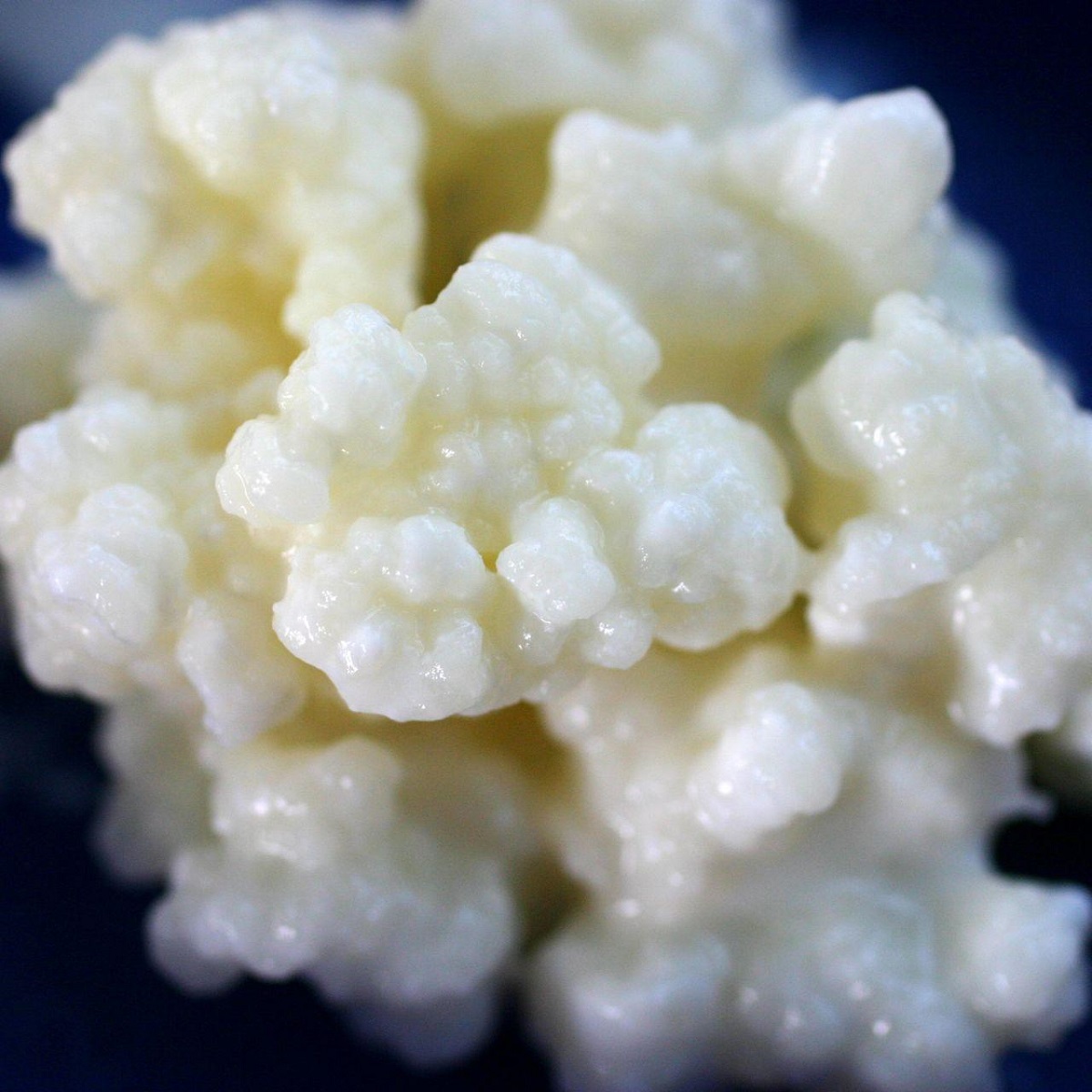







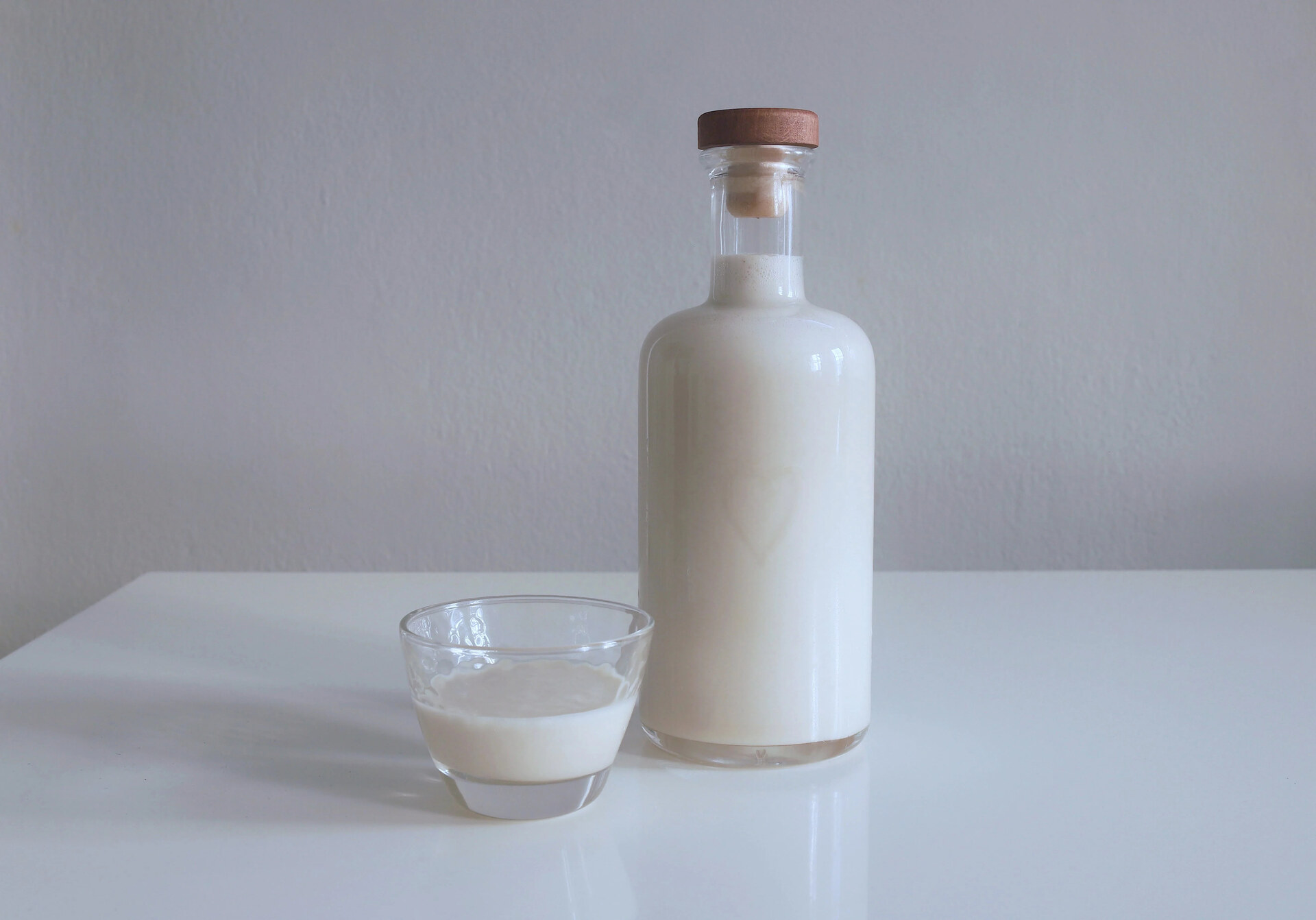
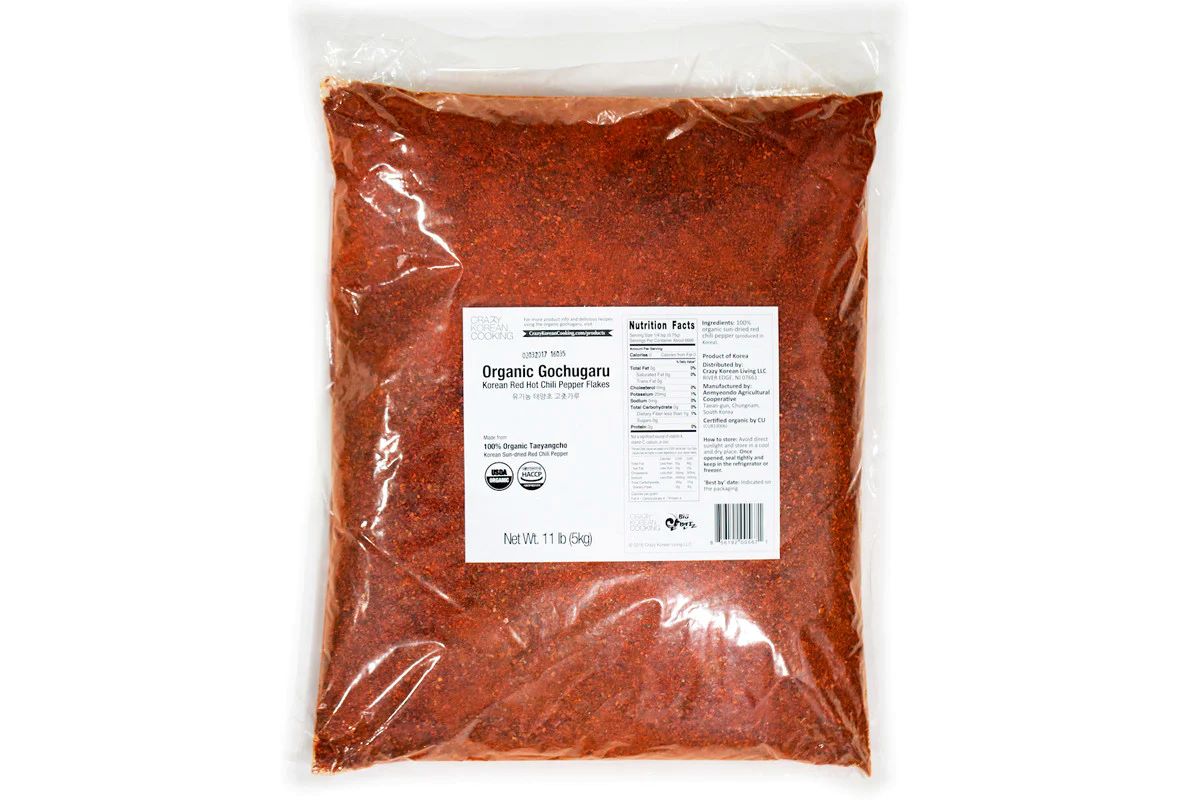

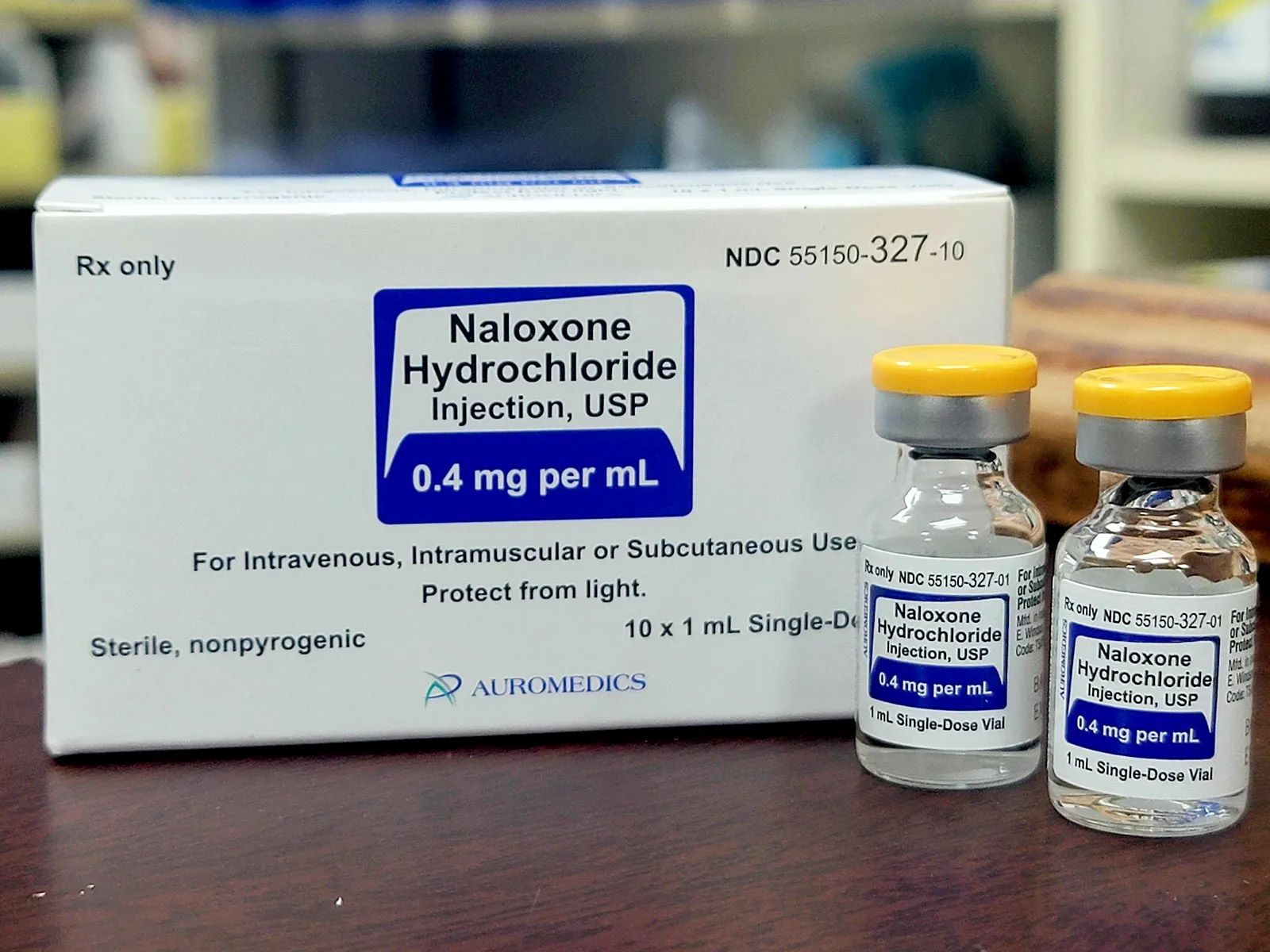


0 thoughts on “How To Store Kefir”